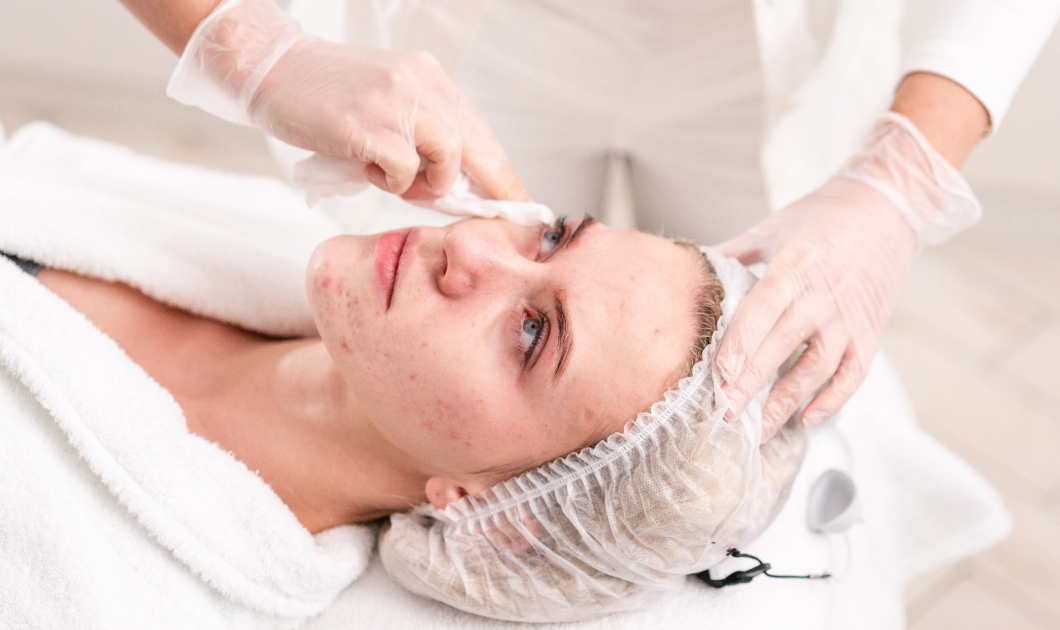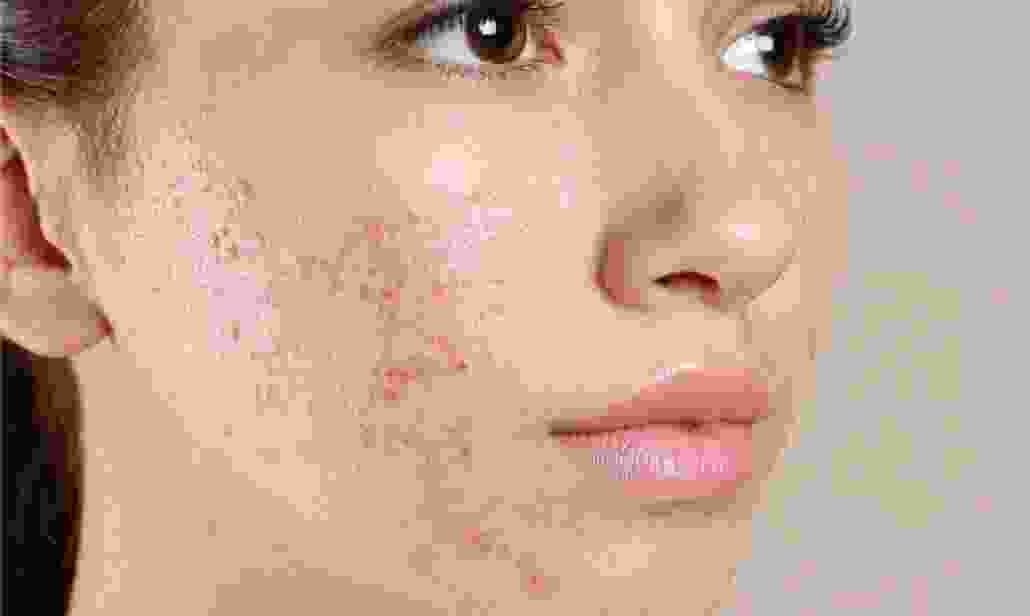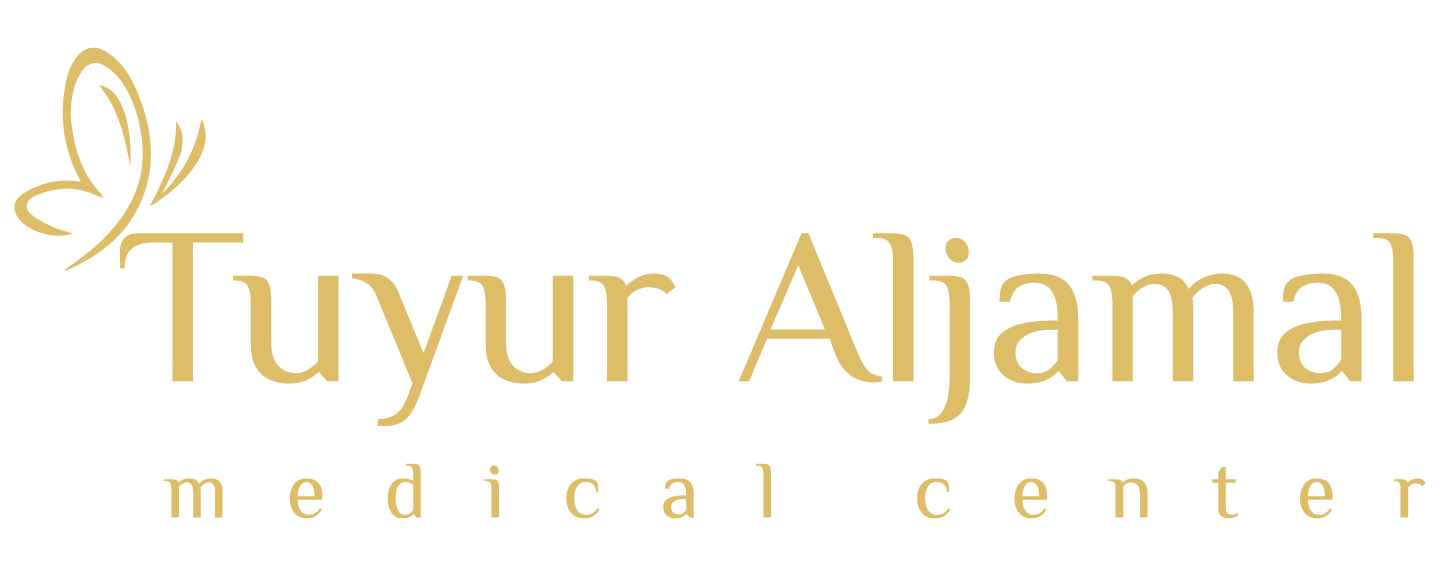- Home
- About
- Services
- Hair Treatment
- Body Treatments
- Spider Vein Treatment
- Face Treatments
- BOTOX
- Carbon Laser Face
- Chemical Peel
- Dermal fillers face
- Eye brow tatoo removal
- Facial rejuventation
- Fractional Laser
- Gloden stamp Facial
- Hydrafacial
- Laser hair removal
- Lip blush
- Mesotherapy hair
- Oxyegeon Facial
- Red carpet Facial
- Photodynamic rejuventation
- RF microneddling
- Thread lift
- Vampire Facial
- Yellow Peel face
- Semi permanent makeup
- Appointment
- Contact
- Home
- About
- Services
- Hair Treatment
- Body Treatments
- Spider Vein Treatment
- Face Treatments
- BOTOX
- Carbon Laser Face
- Chemical Peel
- Dermal fillers face
- Eye brow tatoo removal
- Facial rejuventation
- Fractional Laser
- Gloden stamp Facial
- Hydrafacial
- Laser hair removal
- Lip blush
- Mesotherapy hair
- Oxyegeon Facial
- Red carpet Facial
- Photodynamic rejuventation
- RF microneddling
- Thread lift
- Vampire Facial
- Yellow Peel face
- Semi permanent makeup
- Appointment
- Contact
- ACNE TREATMENT
- Carbon Laser Face
- Back Facial
- Body Fillers
- Ombre brows
- Chemical Peel
- Fat Dissolving Injections
- Fractional Laser
- Hand Rejuvenation
- Lymphatic Drainage
- BOTOX
- Neck Rejuvenation
- Non Surgical Body Contouring
- RF Microneedling
- Skin Brightening
- Spider Vein Treatment
- Tattoo Removal
- Underarm Facial
- Chemical Peel
- Dermal fillers face
- Eye brow tatoo removal
- Facial rejuventation
- Fractional laser
- Gloden stamp Facial
- Hydrafacial
- Laser hair removal
- Lip fillers
- Microdermabasion
- Oxyegeon Facial
- Photodynamic rejuventation
- Red carpet Facial
- RF microneddling
- Thread lift
- Vampire Facial
- Yellow Peel face
- Exosome Hair
- IV Therapy hair
- Mesotherapy hair
- Axillary hyperhidrosis
- PRP hair
- Scalp facial
- Lip blush
- Lips neutralisation
- Microblading
- MELASMA TREATMENT
- ANTI AGING SURGERY
- NAIL TREATMENT
- WART REMOVAL
- SKIN TREATMENT
CONTACT US
- (000) 123-456-789
- 4128 Franklin St, California(CA), 95350
- sirpi@example.com

Microblading is a popular semi-permanent cosmetic technique used to enhance and shape the eyebrows. It involves using a hand-held tool with fine needles to deposit pigment into the upper layers of the skin, mimicking the appearance of natural eyebrow hairs. Here’s a detailed look at what microblading involves:
What is Microblading?
- Technique: Microblading uses a fine blade to create tiny, hair-like strokes in the brow area. This technique allows for a very natural look, as the strokes blend seamlessly with existing eyebrow hairs.
Pigment: A specialized pigment is used, which is chosen to match or complement the natural brow color. The pigment is deposited in the dermal-epidermal junction of the skin, which is why the results last longer than traditional eyebrow pencils but are not permanent.
Procedure
- Consultation: During the initial consultation, the technician assesses your brow shape and color preferences. They may also discuss your skin type and any health concerns.
- Design: The technician maps out and designs your eyebrows based on your facial features and preferences. This step ensures the shape complements your face and is symmetrical.
- Numbing: A topical anesthetic is applied to minimize discomfort during the procedure.
- Microblading: The technician uses the microblading tool to create hair-like strokes with the pigment.
- Aftercare: You’ll receive instructions on how to care for your brows post-procedure, which typically includes avoiding water, excessive sweating, and certain skincare products for a few weeks.
Benefits
- Natural Appearance: The technique creates very natural-looking eyebrows, with fine, realistic hair strokes.
- Customizable: The shape, color, and thickness of the brows can be customized to fit individual preferences and facial features.
- Long-Lasting: Results typically last from 1 to 3 years, depending on factors like skin type, lifestyle, and aftercare.
Considerations
- Touch-Ups: Microblading usually requires a touch-up session about 6 to 8 weeks after the initial procedure to ensure that the color and shape are perfect and to fill in any areas where the pigment may have faded.
- Healing Process: There may be some swelling, redness, or scabbing in the days following the procedure. It’s important to follow aftercare instructions to avoid complications.
- Skin Type: Results can vary based on skin type. Oily skin, for instance, may not hold the pigment as well as dry or normal skin.
- Allergies and Reactions: Although rare, some individuals may experience allergic reactions to the pigments or other materials used.
Choosing a Technician
- Qualifications: Ensure that the technician is licensed and experienced in microblading. Look for reviews, before-and-after photos, and ask for their portfolio.
- Sanitation: The facility should follow strict hygiene practices to prevent infections and ensure safety.
Microblading can be a great option if you’re looking for a low-maintenance way to achieve well-defined, natural-looking eyebrows. If you’re considering the procedure, it’s a good idea to research thoroughly and consult with a qualified professional to determine if it’s the right choice for you.
For appointments at Tuyur Al Jamal kindly call +9714 554 1793 or WhatsApp us on +97158 191 9741

Before


